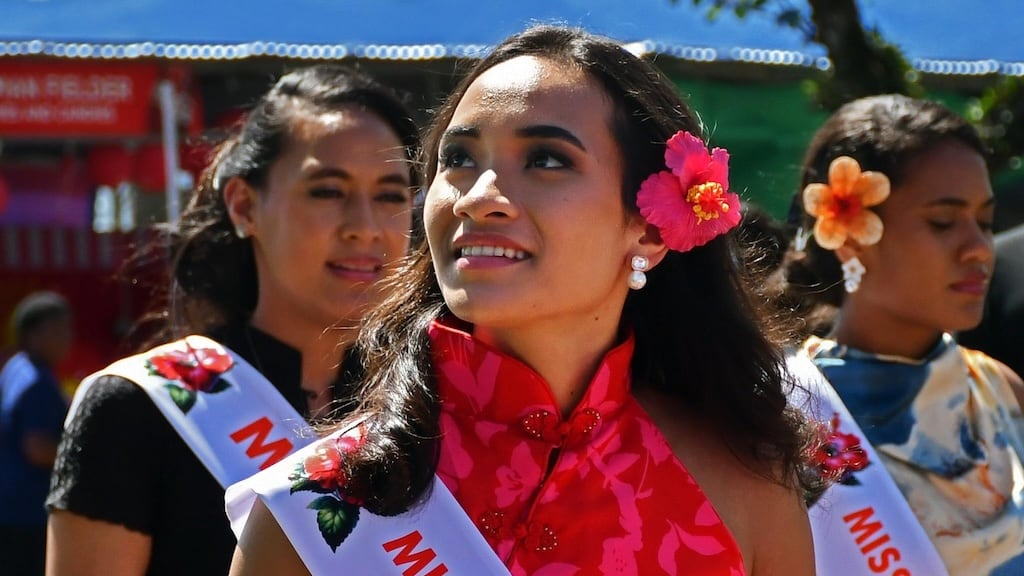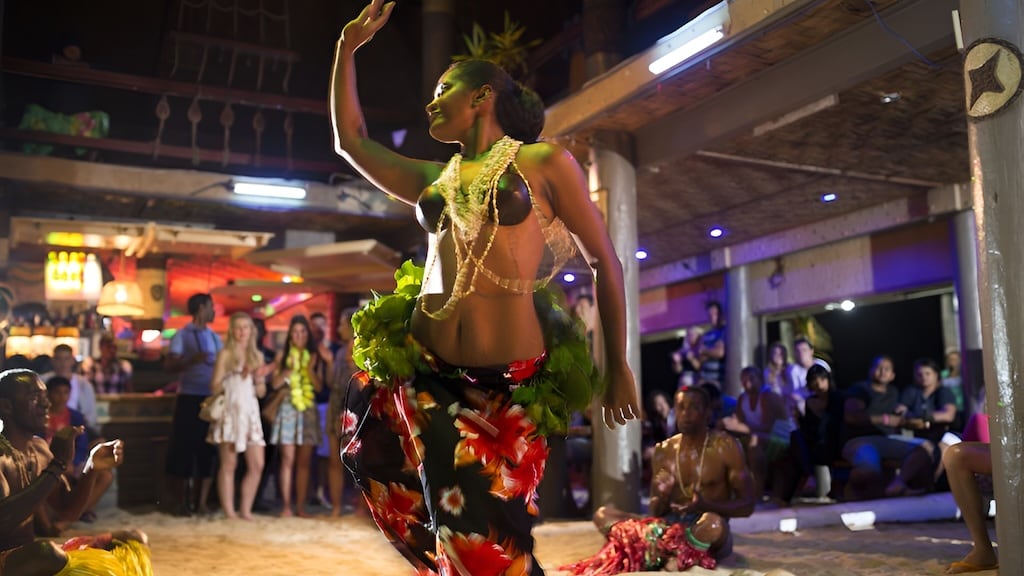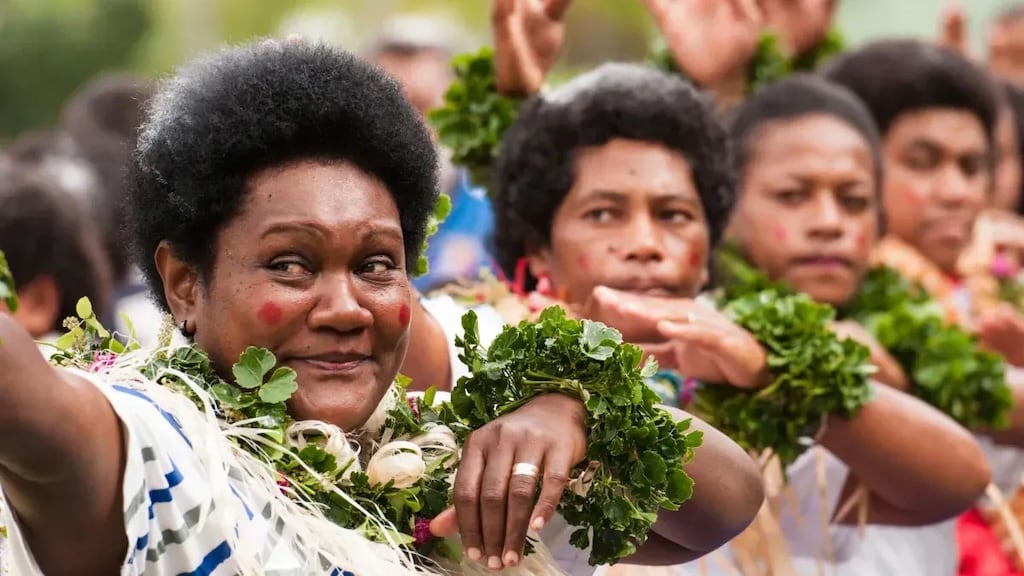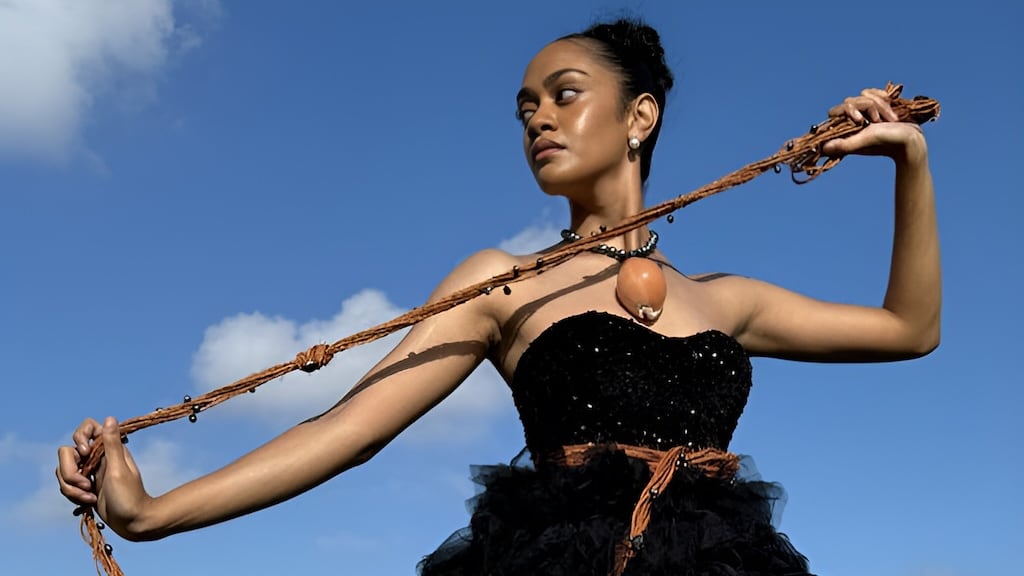
The Hibiscus Festival: A Fijian Celebration of Culture
Fiji, the Pacific gem, is famous for its unspoiled beaches, clear waters, and the unparalleled hospitality of the Fijians. Beneath the picturesque backdrops, Fiji throbs with a rich cultural life, which bursts with vitality during annual festivals such as the Hibiscus Festival.
This iconic festival, held in Suva, the nation's capital, isn't just a community gathering; it's a kaleidoscopic extravaganza crafted through colors of tradition, communal harmony, and pure exuberance.
The Hibiscus Festival is a living embodiment of the Fijian identity, giving locals, along with international tourists, a firsthand experience of the fabric of Fijian culture. It's a time when the entire city comes alive, adorned with the national flower, the hibiscus, which symbolizes beauty, passion, and the fleeting nature of life.


Historical Origins and Development of a National Treasure
The Hibiscus Festival has a fascinating past, having begun in 1956. From a modest beauty pageant, staged primarily to raise money for local charities and to market tourism, it has developed into Fiji's longest and biggest yearly festival. Its conception was a deliberate attempt to spur the local economy and establish a sense of civic pride in post-war Fiji. In its formative years, the festival featured the Miss Hibiscus Pageant as its main event, in which young Fijian women vied for the highly prized crown, displaying not just beauty but also intellect and cultural awareness.
Highlights have been the introduction of themed nights, for example, traditional Fijian Meke (dance) performances, which encourage oral tradition and storytelling through dance. The festival also started including parades, which introduced an energetic and visually stunning dimension to the celebration.
Its status as a cultural showcase was further consolidated with the inclusion of stalls offering local handicrafts and Fijian traditional delicacies. Top Suva municipal government officials and local leaders were instrumental in shaping the festival and ensuring its longevity and growth in popularity. Their vision transformed a modest pageant into a grand cultural extravaganza that truly captures the spirit of Fiji. The Hibiscus Festival of today is a testament to the resilience and strength of Fijian culture, a living legacy that continues to endure while embracing its cherished heritage.
A Kaleidoscope of Activities in Suva, Fiji
The Hibiscus Festival is a flurry of activity, offering something for all guests, from the culturally inclined to the adventurer. The main events revolve around celebrating Fijian life and fostering community activities.
One of the undisputed highlights is the Hibiscus Queen Pageant, which, although still a centerpiece, is now complemented by the addition of categories such as Mr. Hibiscus, Teen Hibiscus, and Kids Hibiscus pageants for inclusiveness and wide participation. These pageants are not solely based on physical beauty; contestants debate, engage in community service projects, and perform their talents, many showcasing traditional dances or modern songs.
A further pillar is the cultural performances. Guests can witness mesmerizing Meke performances, where dancers in traditional attire retell old legends through choreographed dance steps and rhythmic chanting. Fire dancing performances, with their mesmerizing flames and dangerous acrobatics, are also a favorite, especially in the evenings, adding an element of drama and excitement.
For those with an interest in local handicrafts, there are numerous stalls showcasing the excellent craftsmanship of Fijian artisans. Delicately woven mats, hand-carved jewelry, wood carvings, and colorful tapa cloth are all available for purchase here, each reflecting its own unique Pacific island style. These stalls are an excellent spot to pick up authentic souvenirs and support local communities. Foodies will be in culinary paradise. The festival site is dotted with food stalls providing a delectable range of Fijian specialties and international cuisine.
From seafood freshly caught and prepared with local spices to traditional lovo (earth oven) prepared feasts, there is something to please every palate. See if you can get your hands on the kokoda (Fijian ceviche) or the luscious tropical fruit that's in season this time of year. Contributing to the festive atmosphere are also social activities and events such as sporting events, health campaigns, and tree planting, all of which are geared towards promoting social welfare and civic participation in Fiji. They generate a feeling of belongingness and common purpose among the celebrants.
Experiencing Traditional Flavors and Customs
The Hibiscus Festival offers a rare insight into the traditional customs and practices that shape Fijian society. Visitors have the unsurpassed chance to witness the native lifestyle.
Food is central to Fijian existence, and the festival is a gastronomic experience of the highest order. Apart from the mouth-watering lovo and kokoda, you'll have a variety of tropical fruits like mangoes, papayas, and pineapples to gorge on, which are typically retailed by street vendors. There's the smell of seafood cooked fresh, commonly grilled in coconut milk and spices local to the region. You won't be surprised to be invited to have kava, a Fijian staple that is made from the root of the Yaqona plant. Participating in a kava ceremony is a deeply cultural one, representing respect, sharing, and hospitality. Though its earthy flavor is an acquired taste for some, the festive mood of the ceremony is never to be missed.
Music and dance are the essence of Fijian identity. The Meke is more than a performance; it's a living tradition that depicts ancient history, legends, and events. Meke exists in numerous forms, each with its own movement, costume, and chants, and is performed by various village groups. The rhythmic beat of the lali (traditional Fijian drum) provides the heartbeat to much of this performance, guiding the dancers and captivating the audience. Throughout the festival, you'll be serenaded by the harmonious strumming of guitars and ukuleles, as locals gather to spontaneously sing along, filling the air with music and happiness.
Festival fashion is a dynamic representation of Fijian aesthetics. Although the majority attend in modern attire, many embrace traditional Fijian attire, such as the sulu for men (a wrap-around skirt) and the sulu jaba for women (a matching top and bottom, typically bright floral pattern). The hibiscus flower itself takes center stage, usually worn in the hair or as a lei, furthering the celebratory and colorful atmosphere. Aside from the external factors, the festival is permeated with the Fijian values of 'mana', a supernatural power or presence, and 'vanua', the deep connection to land and community. These inherent values are subtly incorporated into every aspect of the festival, from the respectful interaction between people to the celebration of Fiji's natural wealth.
Your Guide to Enjoying the Hibiscus Festival
For potential visitors planning to attend the Hibiscus Festival, understanding the practicalities can certainly enhance your experience. The festival is generally scheduled in August, which offers pleasant weather with warm temperatures and generally less rain than the peak of the wet season. Suva, as the capital city of Fiji, is well-equipped to host visitors, making it a straightforward location to visit.
Location Details: The center of activities for the Hibiscus Festival is Albert Park in Suva. This central location is easily accessible from different areas of the city. It houses the main stage, food stalls, and many of the cultural events as its centerpiece. Different activities and parades are also organized in the nearby streets and adjoining areas.
Getting There: Suva is served by Nausori International Airport (SUV). International travelers will typically fly into Nadi International Airport (NAN) and then catch a domestic flight or bus onward to Suva. Local buses, taxis, and ride-sharing apps are easily available within Suva for getting around the city.
Best Time to Go: Although the whole festival week is celebratory, the evenings are especially enchanting with lighted parades, fire dancing, and energetic music performances. The weekend, and especially the final Saturday, features the grand parade and the Hibiscus Queen coronation ceremony, and therefore attracts the most visitors. Going early in the day gives you a chance to check out the stalls and view the cultural performances at a more leisurely pace before the night crowds pour in.
Tips for First-Time Attendees:
- Adopt the Bula Spirit: Fijians are renowned for their exceptional warmth and hospitality. Don't be shy to say "Bula!" (hello) to people and chat with them in a friendly manner.
- Stay Sun Protected and Hydrated: Fiji's tropical sun can be intense. Drink plenty of water and use sunscreen, hats, and sunglasses, particularly if you will be outdoors a great deal.
- Dress Comfortably and Respectfully: Lightweight, breathable clothing is best. Though there is ample room for casual dressing, modesty in dress is recommended, particularly for visits to more conservative areas or to attend cultural ceremonies.
- Carry Cash: Although some vendors accept card payments, it's always a good idea to have some Fijian dollars on hand for small purchases, food stalls, and local handicrafts.
- Be Open to New Experiences: Try the local cuisine, join a kava ceremony if invited, and dance along to the beat of the Fijian music. The more you involve yourself, the more enriching your experience will be.
Accommodation: Suva provides various types of accommodation, from budget guesthouses to international hotels. Advance booking is highly recommended if you are planning to stay during the week of the festival, as rooms tend to get occupied fast. Most hotels are around Albert Park.
Accessibility: Albert Park is quite easy to get around, though some areas may have uneven ground in places. Suva's public transport is not always wheelchair-friendly, and private transport may need to be arranged in advance for visitors with mobility issues.


Conclusion: A Not-to-be-Missed Fijian Event
The Hibiscus Festival is more than just an annual event; it is a mirror of Fijian identity, a living testament to its rich culture, vibrant history, and resilient community spirit. It has grown from modest beginnings as a local pageant to its present status as Fiji's most popular and highly anticipated festival. It is now a multi-faceted celebration that captures the very spirit of the Fijian people.
For the visitor seeking a genuine and memorable cultural experience, the Hibiscus Festival presents a unique chance to view the real Fiji. It's an opportunity to view the stunning fusion of traditional customs and modern forms of arts, to taste the delectable flavors of Fijian food, and to be captivated by the mesmerizing beat of Pacific music and dance.
Children's laughter, the friendship of community events, and the pure thrill created by everything Albert Park has to offer combine in an environment that is both exhilarating and profoundly touching.